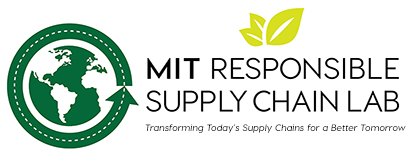A Clearer Picture of Supply Chain Transparency
Improving supply chain transparency is a high priority for companies, especially in industries such as foodservice where consumers and regulators are pushing for more publicly available information on how products are made and delivered. Increasing product complexity—the growing demand for organic and gluten-free foods, for example—as well as food safety and security concerns, continues to drive the demand for more transparency.
Responding to these demands is not easy. The fragmented nature of the supply chain can make it difficult to achieve the kind of consensus that is needed to create efficient, end-to-end monitoring systems. However, as the industry responds to the need for more transparency, there is a huge opportunity to take a leadership position. Key to developing the level of transparency that is now expected is changing the behavior of stakeholders and harnessing the power of data visualization technology to present abundant data in easily understood and actionable formats. With these changes in place, the industry can open the way to innovations that could take supply chain performance to a new level. And, the journey provides some valuable lessons for other industries that are striving to meet market demand for increased supply chain transparency.
Data disjoints
The foodservice supply chain is extremely complicated. The companies in this industry sell food that is prepared and served in venues outside the home (the most familiar outlet is restaurants). A complex supply chain that stretches from agricultural growers across the globe to end consumers supports each restaurant. The supply chain also includes manufacturers, freight carriers, forward warehouses, distribution centers (DCs)and third-party logistics providers (3PLs). Many of these players tend to operate in silos that can impede the end-to-end flow of information.
...
